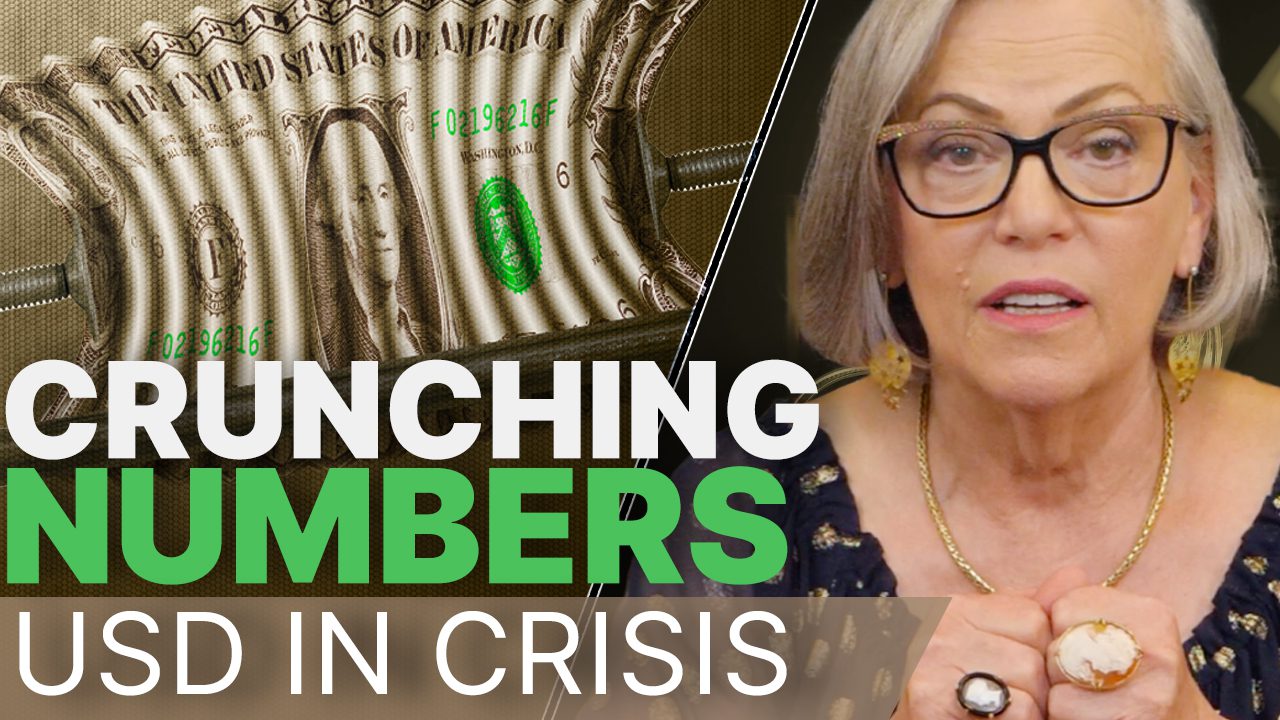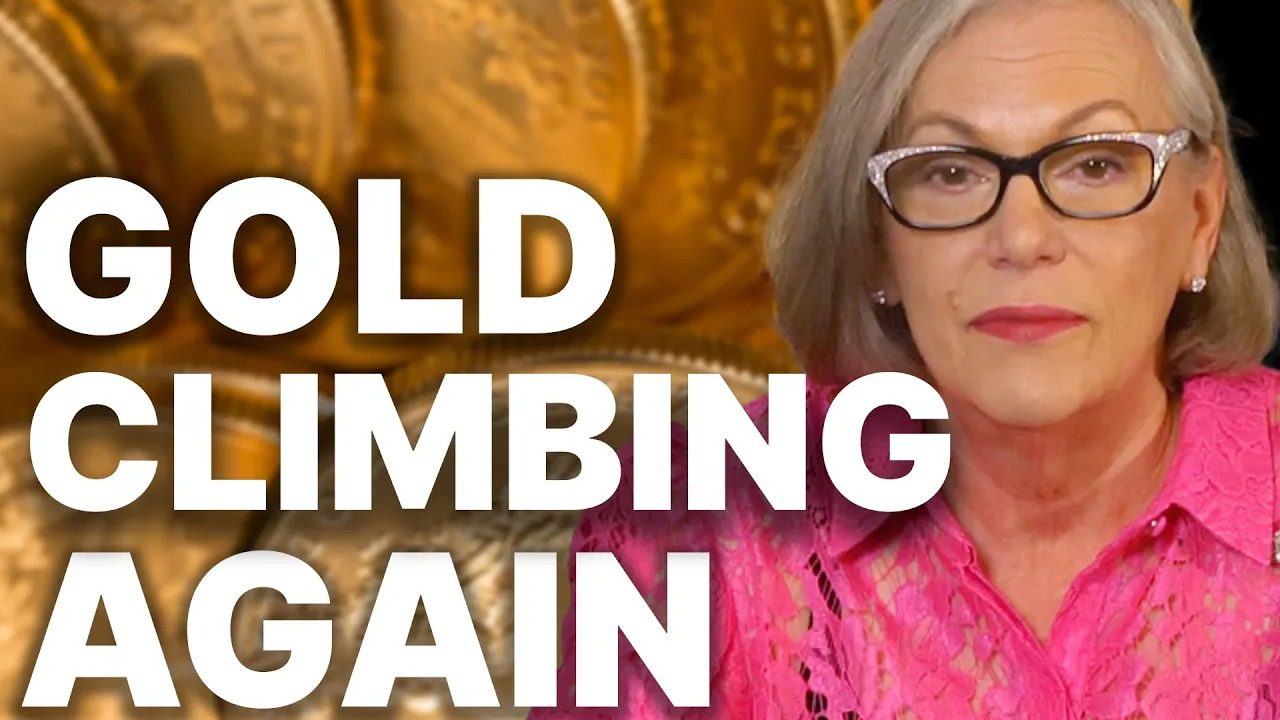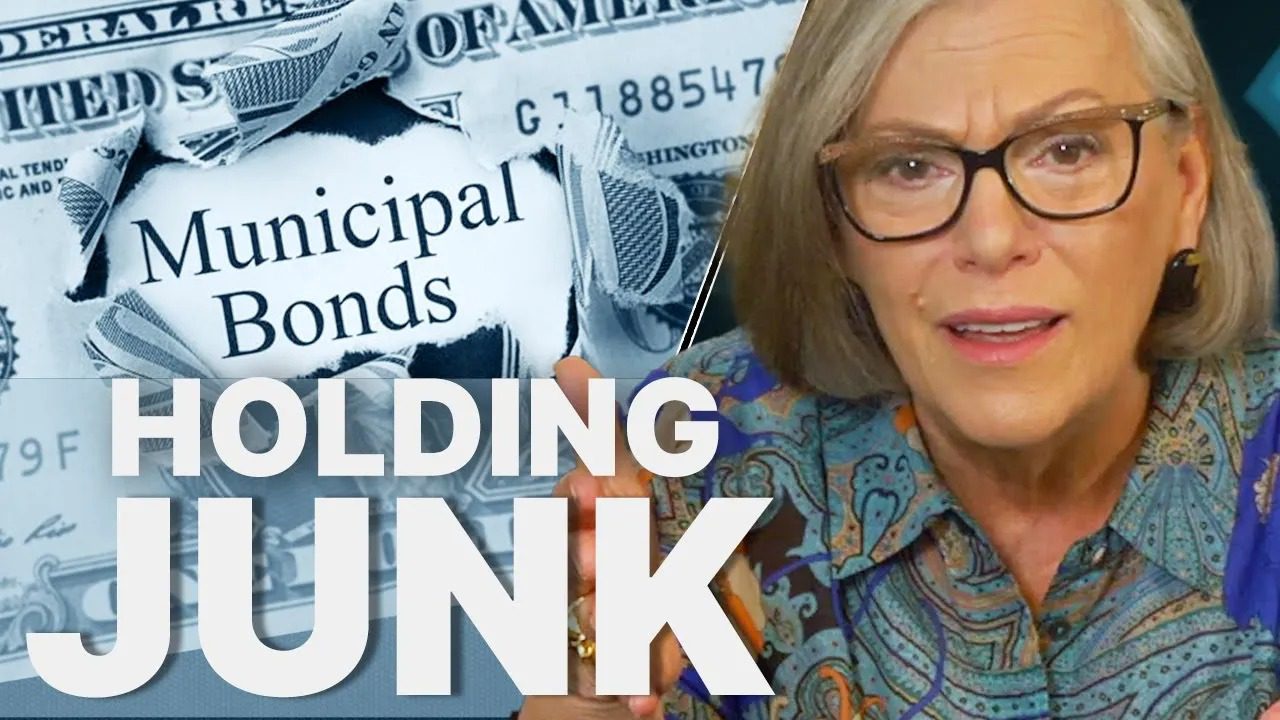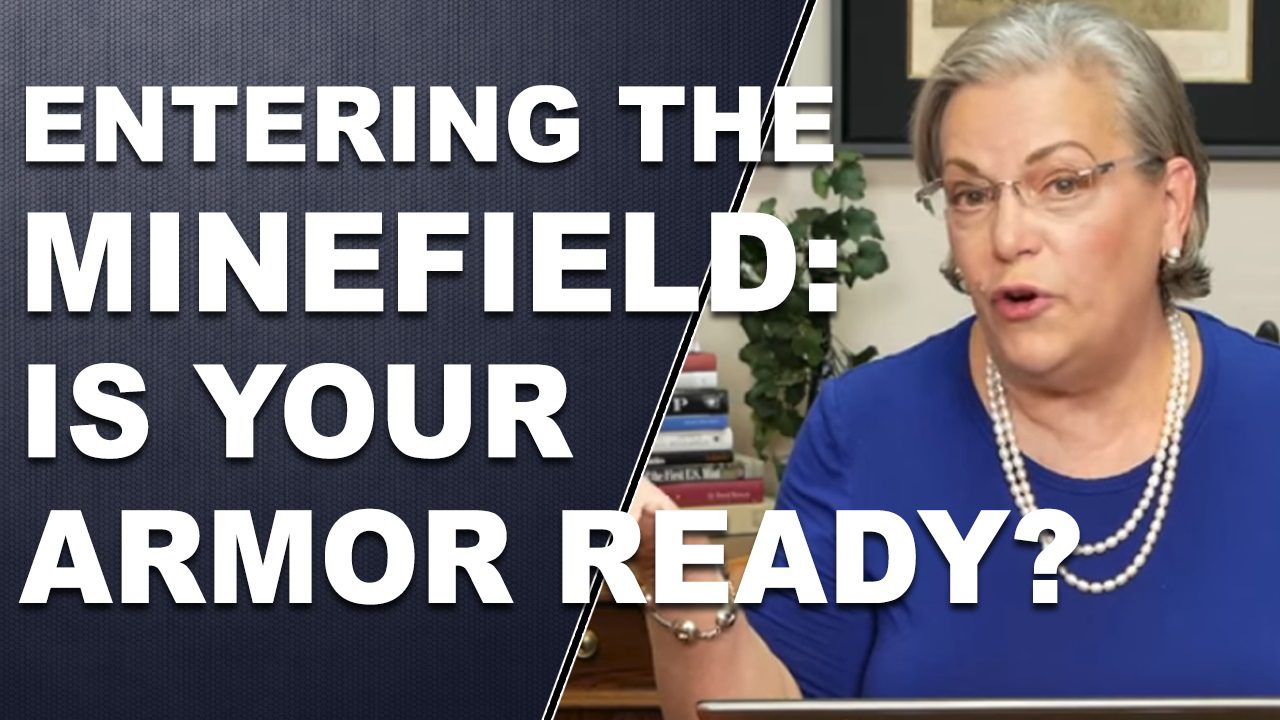Three Phases of Bull Market Explained

Every major primary Bull Market takes place in three sentiment phases.
By: Lynette Zang
Since currencies are created from debt (government bonds) and supported by the ability to create more debt (full faith and credit). I thought it would be a good idea to show you how to identify trends of a primary bull market on a sentiment basis. To this end I will be comparing the US dollar to spot gold.
The first phase is the accumulation phase, where the asset quietly goes up without too much attention being paid by the general public, and few people participate. This is the “dirt cheap†phase of gold when only true believers assumed positions.
The following chart takes the beginning of the trend from January 2000 through June 15, 2005 when gold shifted its behavior and began to act as its own independent currency. Notice that when the dollar (top chart) went up, gold moved down and vice versa. These moves were almost in lock step until June 9, 2005, when the dollar remained flat and gold jumped. This was an abnormal behavior at that time and a very strong indication of a decoupling or shift. That shift told us we were moving out of the first phase and into the second, awareness phase.
The 50 day average trading volume during this time frame was 53,066.
The second phase is the awareness phase, where seasoned professionals and a few more sophisticated funds take their positions. The general public begins to take notice and some people participate, driving prices higher at a little faster pace. This is also a more volatile phase, where we could see more substantial daily price swings. It is in the second phase where we see the most painful secondary corrections (Where we currently are). I’m breaking the second phase in two parts, to show you how sentiment shifts as Wall Street participates.
You will notice that it appears as if gold and the dollar are in their normal pattern, and if this was all you looked at you would miss the truth, but more about that in a minute. Notice that the run ups and consolidations in gold are much more severe. For example; look at the chart below from April 2006 until February 2007. Gold went from 423.10 up to 710.11 before entering a consolidation that lasted 1 ½ years. It wasn’t that gold was overvalued at 710.11, it was simply that it had moved up too far too fast, kind of like trying to put a roof on a house before laying the foundation, the consolidation was the foundation.
Now look at the dollar chart above it. During this consolidation in gold, the dollar was deteriorating and in September of 2007 it broke below the lowest level the dollar had ever been before. You might recall that prices for oil, food and everything were rising very noticeably during that next year, until we hit a low of 71.33, bounced up to 80. Then Lehman went out of business, Merrill Lynch was bought by Bank of America and AIG went on life support. Look at the rapid drop in the dollar when that happened. During that same time gold went into an artificial correction. We know this because that was in the height of the panic and while the spot market was dropping, the general public flew to the safety of gold. Some of you might recall that if you were trying to buy bullion at that time, delivery was delayed 2 months and smaller dealers were completely out. In a true free market you would expect prices to go up when supply outpaces demand. But spot is primarily a digital market with a component of physical in the form of bullion. You can push a button on the computer and create as much gold as you want. In the physical realm, there is a finite amount and so those that moved into numismatics during that time, experienced price increases because demand outpaced supply.
The 50 day average trading volume during this time frame was 138,701.
And that takes us to the last part of the second, awareness phase. Hedge funds and bank trading desks seek out the bull market and begin to build large positions in paper gold and mainstream market guys talk about gold in earnest. Notice that the dollar has huge swings, but still lower and lower highs, which is indicative of a negative trend. In addition, the dollar wants to test the all time low of 71.33. I’ll keep you informed of the progress in the weekly wrap up. In the mean time, gold has been in a clear upward pattern with higher and higher lows, pushing through resistance levels on the top. You might also notice the dramatic spike to the upside in gold, pushing it into an overbought position and the following consolidation as those same hedge funds and trading desks needed to liquidate to meet margin calls (see 9-30 weekly wrap up).
The 50 day average trading volume during this time frame is 202,052.
So far I have shown you the trend price action charts, but let me show you the trend in the form of a relative performance chart. The following chart may make it easier for you to see the shifts.
The red line is the Dollar and the blue line is gold. Notice via the first perpendicular line that gold began to behave as its own independent currency in June of 2005. Also notice via the second perpendicular line, the increase in momentum of gold’s rise once the dollar fell to new all time lows.
Wow, when you look at things a little differently, it is amazing what you can see!
Every major primary bull market ends up with a wildly speculative third phase, which is the panic phase, where the public and crowd rush head-long into the market, driving prices up exponentially. We are not there yet. Perhaps 3% of the population owns any kind of gold. So this action lays’ somewhere ahead of us.
It is most likely to be quite dramatic when this shift occurs because this is a currency lifecycle issue, and all fiat currencies are in trouble. So not only will we have the rise from supply and demand, we will have the rapid devaluations of the fiat currencies participating in gold’s run up. I don’t know when we will enter the third phase, but we are certainly closer than we have ever been.
Remember, this is piece is only about the major phases, there will always be mini phases inside of the big ones. As long as a positive trend remains intact, build your position. Don’t worry about the consolidations, they are necessary and important, rather take advantage of them and say thank you. Then sit back, relax and remember the trend is your friend in a primary bull market.

















